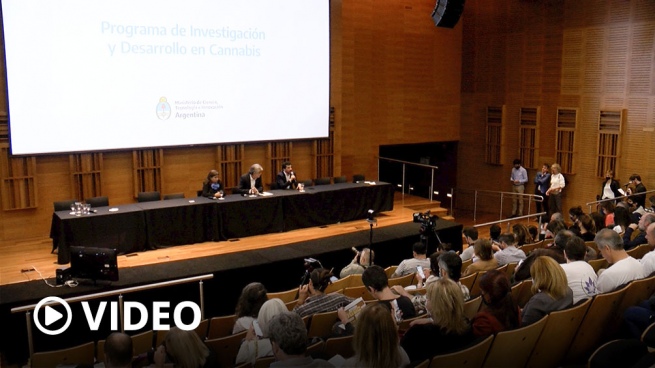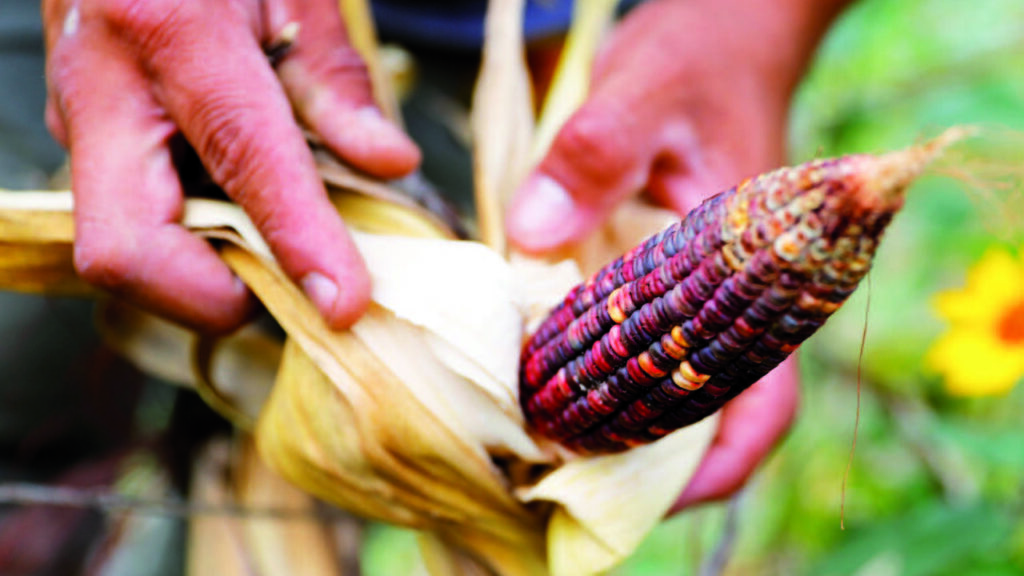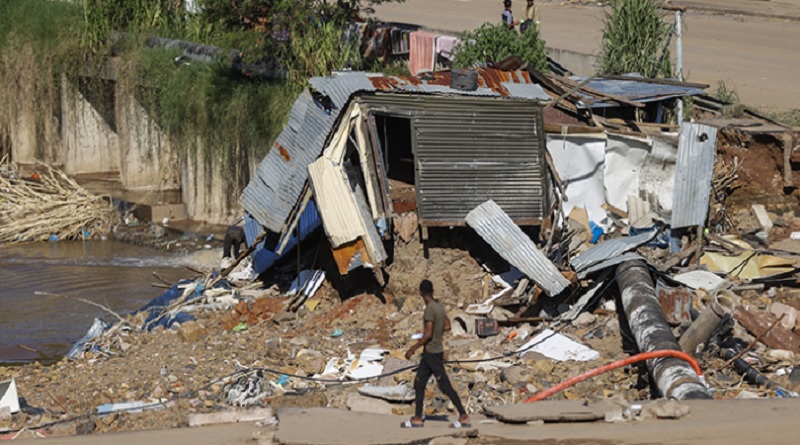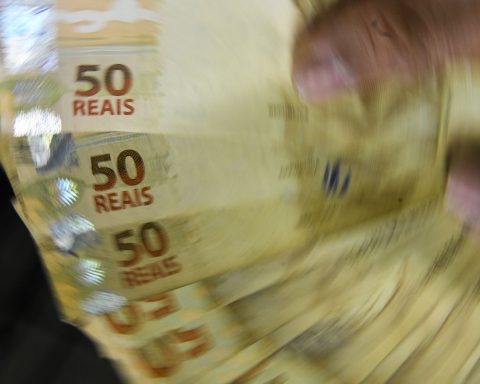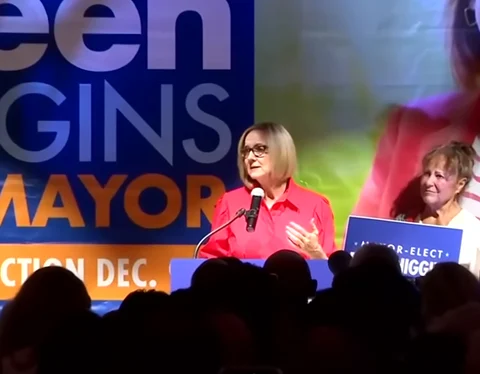The Minister of Science, Technology and Innovation, Daniel Filmus, presented this Monday, at the Cultural Center of Science (C3), a program for the research and development of medicinal cannabis, with the presence of researchers, representatives of associations and officials.
The program will finance projects that seek to strengthen and promote the integration of knowledge and technological development related to cannabis, hemp and its derivatives for medicinal, therapeutic and palliative use, on the eve of the enactment of Law 27,350 that will regulate their production in the country.
“It is a social movement that put this issue on the agenda and it is the State that has to make it available to everyone,” said the head of the science and technology portfolio during the presentation.
And he added that “what science comes to give are the scientific arguments to be able to legitimize these demands”, since without science “there is nothing more than a debate from common sense”.
Likewise, Filmus highlighted the importance of this scientific development being aimed at “solving people’s problems” and also those of the productive apparatus, as it is an industry with the capacity to “generate production and work and that is what allows us to have a country with less inequality and greater development”.
“This in turn poses greater autonomy in decision-making against the established powers,” he said.
The Cannabis Research and Development program will finance 250 million pesos for proposals that contribute “to the construction and application of public policies related to medicinal cannabis and the hemp industry,” they indicated.
“The Ministry has among its objectives to respond to these demands, promoting the local, provincial and national impact, of a federal nature, which allows, in turn, to generate new employment opportunities,” added the head of the Undersecretary of Institutional Coordination, Pablo Núñez, who was in charge of the project.
The president of the National Council for Scientific and Technical Research (Conicet), Ana Franchi, assured for her part that during all these years “there was prejudice and ignorance, it is not that there was no scientific evidence” to advance in the regulation of cannabis.

In this framework, he celebrated the “political decision of the national government to take the use of cannabis in medicine as a human right.”
Meanwhile, Valeria Salech, founder of the organization Mamá Cultiva, celebrated the progress made on the road to “a better society, with better health and a better quality of life.”
Faced with the arguments that “there is no scientific evidence”, Salech assured that “our bodies and those of our children are the evidence” of the benefits of cannabis.
During the presentation, the referent recalled that for a long time before the law, and even under the prohibition of the use of cannabis, “many researchers have been accompanying us from underground, putting their careers at risk in order to accompany society in this that we were claiming”.
In this framework, he highlighted the construction of joint knowledge that has been developing and that have been “sustaining the use of the plant” over the years.

Among other exhibitors, Conicet researchers Carla Arizio and Darío Andrinolo, and agronomist Daniel Sorlino, also highlighted the joint work between public research organizations and civil society and celebrated this line of state funding.
“During these years there has been no agronomic development or possibility of research in Argentina due to this ban that is coming to an end,” Sorlino said and encouraged “the research to come.”
For her part, the national deputy for the province of Entre Ríos, Carolina Gaillard, assured that it is “a very important political decision by President Alberto Fernández and the Minister of Science and Technology to provide specific resources to promote cannabis research.” , in order to have “greater scientific evidence and better understand the many medicinal and therapeutic benefits”.
“There have always been obstacles to investigate. Today there is a decision that cannabis is state policy,” Gaillard added in a dialogue with Télam.
For her part, the national deputy for the Autonomous City of Buenos Aires, Mara Brawer, highlighted the productive opportunities that the hemp industry represents, from which “25,000 products are made in the world,” among which she mentioned biofuels, solvents , paints, auto parts, construction materials and toys.
“It is an industry that is being born in Argentina and that will end when we approve the cannabis and medicinal hemp law in Congress,” said Brawer.
“We need the law but also the knowledge and technological scientific development so that this new industry has the tools to not need to import knowledge from outside and generate our industry. That is sovereignty,” said the Télam deputy.
The “Cannabis Research and Development Program” has a permanent window modality and the maximum amount per project may not exceed 10 million pesos.
